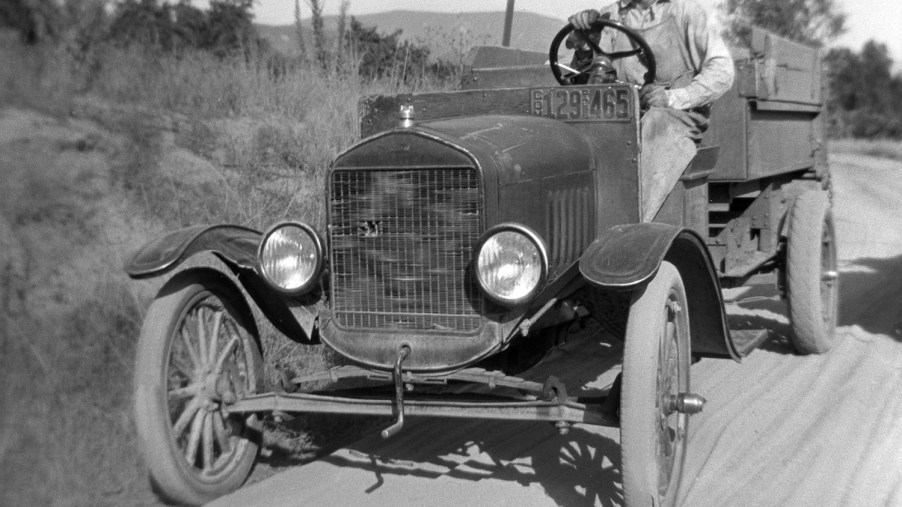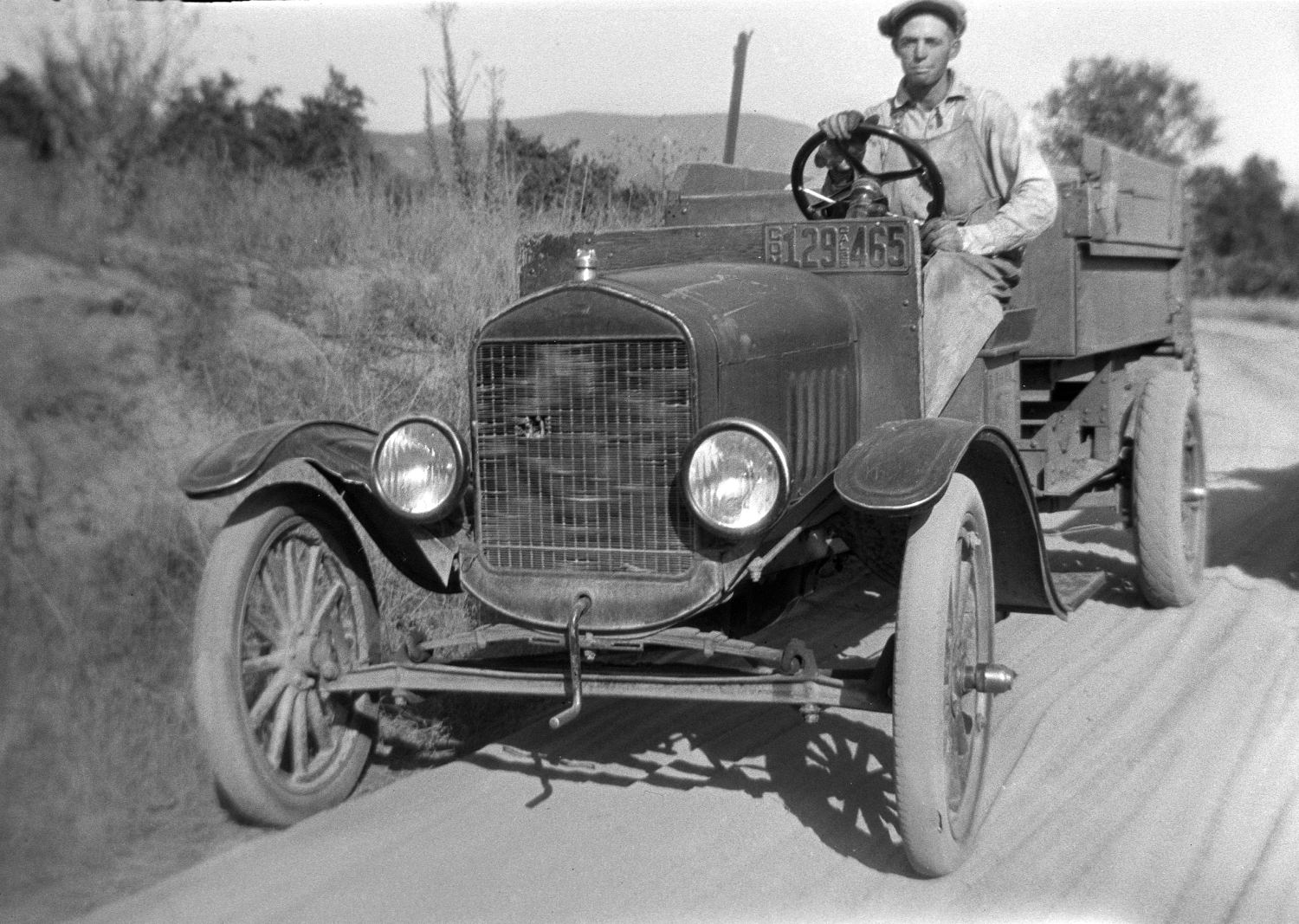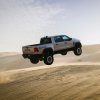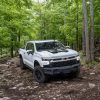
History of the Pickup Truck: Why Is It Called Pickup Truck?
Trucks have always been an essential part of the worksite, but does everyone know the history of the pickup truck? While the pickup truck has come a long way since its first appearance, what are some of the most significant makes and models in the history of trucks? Henry Ford first used the “pickup” term when he created the 1925 Model T Roadster with Pickup Body, and the rest is history.
Why is it called a pickup truck?

Pickup trucks were used mainly for farmers or working people who needed different cargo options back in the day. Merriam-Webster says that a pickup truck is “a light truck having an enclosed cab and an open body with low sides and tailgate.” That defines the vehicle’s shape, which is sometimes called a “ute” in Australia due to it being a utility vehicle.
According to Car and Driver, the first pickup truck was the 1925 Model T Roadster. Henry Ford first coined the term “pickup” when he wanted to make a vehicle suitable for farmers. Many were already modifying the Model T to allow easier use on the farm, including Ford himself. He had a 1912 Model T with a cargo box on the back to use on his farm. He sold around 135,000 of the Model T pickups before replacing a newer Model A. What happened next in the history of trucks?
The start of the pickup truck craze: the Dodge Power Wagon
By the time 1935 rolled around, Marmon-Herrington was converting Ford trucks to four-wheel-drive trucks to make more the vehicle useful. The 1946 Dodge Power Wagon was a one-ton, four-wheel-drive military truck that civilians could use. A 1947 Willys-Overland Jeep came out after, and thus the pickup truck trend was in full gear.
The truck evolved as time went on, aiming at different markets to try and capture new buyers. The Chevrolet El Camino attempted to get fans of the sedan and the truck together in one exciting body style. Then in 1963, the U.S. “chicken tax” further changed things for the pickup truck. The 1952 Volkswagen Transporter became so popular that everyone wanted one, but the chicken tax placed a huge 25% tariff on imported light-duty trucks. That fixed that problem.
This led Ford and Chevrolet to join the party in the 1960s. Instead of coming up with a unique design, these automakers used the flat-style front end that was popular in the current offerings. The Chevrolet Corvair had a rear-engine layout and had either a rear tailgate or a side-open design.
The crew-cab option was ushered in, but the chicken tax cut that short
People decided that trucks needed more room, and thus crew cabs were born. Ford created a four-door pickup with room for six, though these mostly went to utility companies and contractors over families. However, it didn’t take long for families to get hip to this pickup truck idea, and automakers started making these trucks more comfortable and family-friendly. These more closely resemble the luxury pickup trucks of today, with plush interiors and room for plenty of people and cargo.
Soon enough, compact pickup trucks joined the party. Datson and Toyota trucks became popular, and then Chevrolet introduced the LUV (Light Utility Vehicle). The Chevrolet and GMC S10 and S15 pickup trucks came about in 1982, followed by the Ford Ranger in 1983. These trucks are still popular today, and a new Ford Ranger came out this year.
By the 1990s, the Chevrolet Silverado 454SS was considered a full-size muscle truck. It had two-wheel drive and a short bed that made it lighter. Plus, the V8 got 230 hp and a zero to 60 mph time of under eight seconds. The 1995 Ford SVT Lightning followed, setting the tone for more powerful and sometimes supercharged trucks.
Camper trucks, odds, and ends
Pickup truck campers were also part of the craze at one point. Once people started camping in the 1960s, trucks could easily pull these campers off to a weekend destination. These trucks would have a longer bed, better suspension, and upgraded brakes to help secure the camper.
Diesel trucks also had a moment back in the 1970s when gasoline was harder to come by. These days, trucks are often offered in a diesel option, but it wasn’t always that way. The diesel engine offering was important in the history of trucks and remains so until this day.
The Toyota Tundra was the first-size Japanese pickup offered in the U.S. Nissan followed with the 2003 Titan, which was this Japanese brand’s first full-size truck offered here. With a V8 engine option and various ways to configure the truck, it should have been more popular at the time. That trend didn’t land until later, but the Tundra certainly is popular now.
These days, the Ford pickup truck has been the best-selling vehicle in the country for more than 40 years. America still loves its trucks, and this vehicle has withstood the test of time. With the addition of electric trucks like the Ford F-150 Lightning, it doesn’t seem that love will stop anytime soon.



